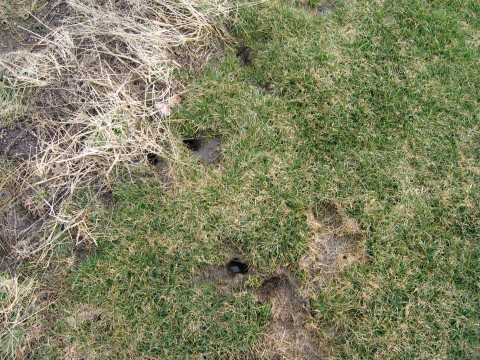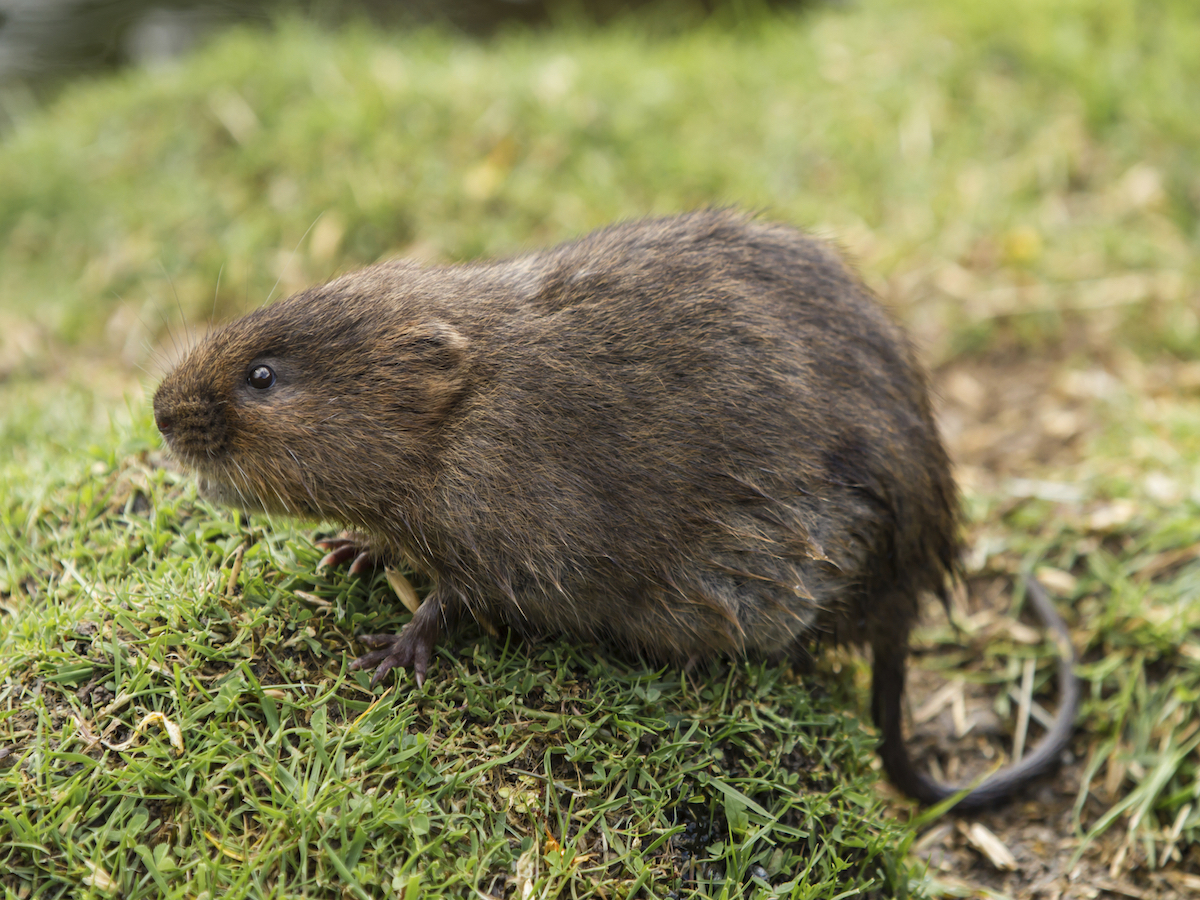Trusted Vole Control in Utah: Solutions for Your Property
Trusted Vole Control in Utah: Solutions for Your Property
Blog Article
Comprehensive Guide to Effective Vole Bug Control: Problem Identification and Treatment Approaches
In the world of effective parasite control, vole invasions present an unique challenge that demands a calculated method. By checking out the nuances of vole habits, recognizing vital signs of invasion, and examining an array of control choices, one can create a comprehensive approach to battle these evasive pests.
Recognizing Vole Habits
Vole habits is characterized by their burrowing practices and fast recreation rates, making them a challenging pest to manage properly. Their quick reproductive price additional complicates control efforts, with women qualified of producing several clutters in a solitary year, each consisting of several spawn.
Voles are most active during the very early morning and night hours, spending the majority of their time foraging for food. Their burrowing routines not just interrupt gardens and lawns yet likewise make them testing to spot and eliminate. Understanding vole actions is critical for reliable pest control techniques. By determining their burrow areas, checking feeding areas, and carrying out targeted control techniques, such as trapping or environment adjustment, vole invasions can be managed successfully.
Indicators of Vole Invasion

Avoidance Strategies
Executing reliable prevention techniques is vital in decreasing vole invasions and protecting plants from their destructive feeding routines. To protect against vole problems, it is vital to begin by removing potential food resources and sanctuary.
On a regular basis inspecting the property for signs of vole activity, such as runways and burrow openings, is critical for very early detection and timely activity. Think about using repellents or catches tactically placed near their pathways if vole activity is suspected. Employing natural predators like serpents or owls can also help keep vole populations in check. By implementing a mix of these prevention this content techniques, gardeners and home owners can properly shield their plant life from vole damages.
Non-Lethal Control Methods
To efficiently handle vole populaces while focusing on gentle techniques, non-lethal control techniques supply sensible services for decreasing vole damages in landscapes and yards. One efficient method is making use of physical barriers such as equipment towel site or cable mesh to shield vulnerable plants. These barriers can be buried at the very least 12 inches deep and curved at a 90-degree angle to prevent voles from burrowing underneath. In addition, habitat alteration can discourage voles by lowering their favored food resources and hiding areas. Preserving a well-mowed grass, getting rid of particles, and keeping vegetation trimmed can make the atmosphere much less enticing to voles.

Lethal Control Options
One efficient approach for attending to vole problems in landscapes and yards involves the strategic usage of lethal control alternatives. When encountered with a severe vole invasion that non-lethal techniques have stopped working to include, carrying out dangerous control steps comes to be vital. Generally, when employing deadly control choices, it is important to do so sensibly and in accordance with regional regulations to successfully manage vole invasions.
Verdict
Finally, efficient vole pest control calls for a thorough understanding of vole behavior, recognition of signs of problem, application of avoidance techniques, and visit our website utilization of both lethal and non-lethal control techniques. By combining these methods, individuals can successfully handle vole populations and safeguard their building from damages. It is necessary to resolve vole invasions without delay to avoid further issues and minimize the influence on the surrounding atmosphere.
Offered the complex passage systems and quick reproduction prices characteristic of voles, recognizing the signs of vole problem ends up being essential in efficient insect control. One of the primary indications of vole visibility is the visibility of surface runways or trails in yard or snow, typically regarding 1-2 inches large, created as voles travel between their burrows and food sources.To effectively manage vole populaces while focusing on humane approaches, non-lethal control approaches provide practical solutions for decreasing vole damage in landscapes and yards.One reliable approach for dealing with vole problems in landscapes and yards entails the tactical use of deadly control choices. vole yard damage.In final thought, effective vole insect control requires a comprehensive understanding of vole actions, identification of indications of problem, implementation of prevention strategies, and utilization of both non-lethal and dangerous control approaches
Report this page